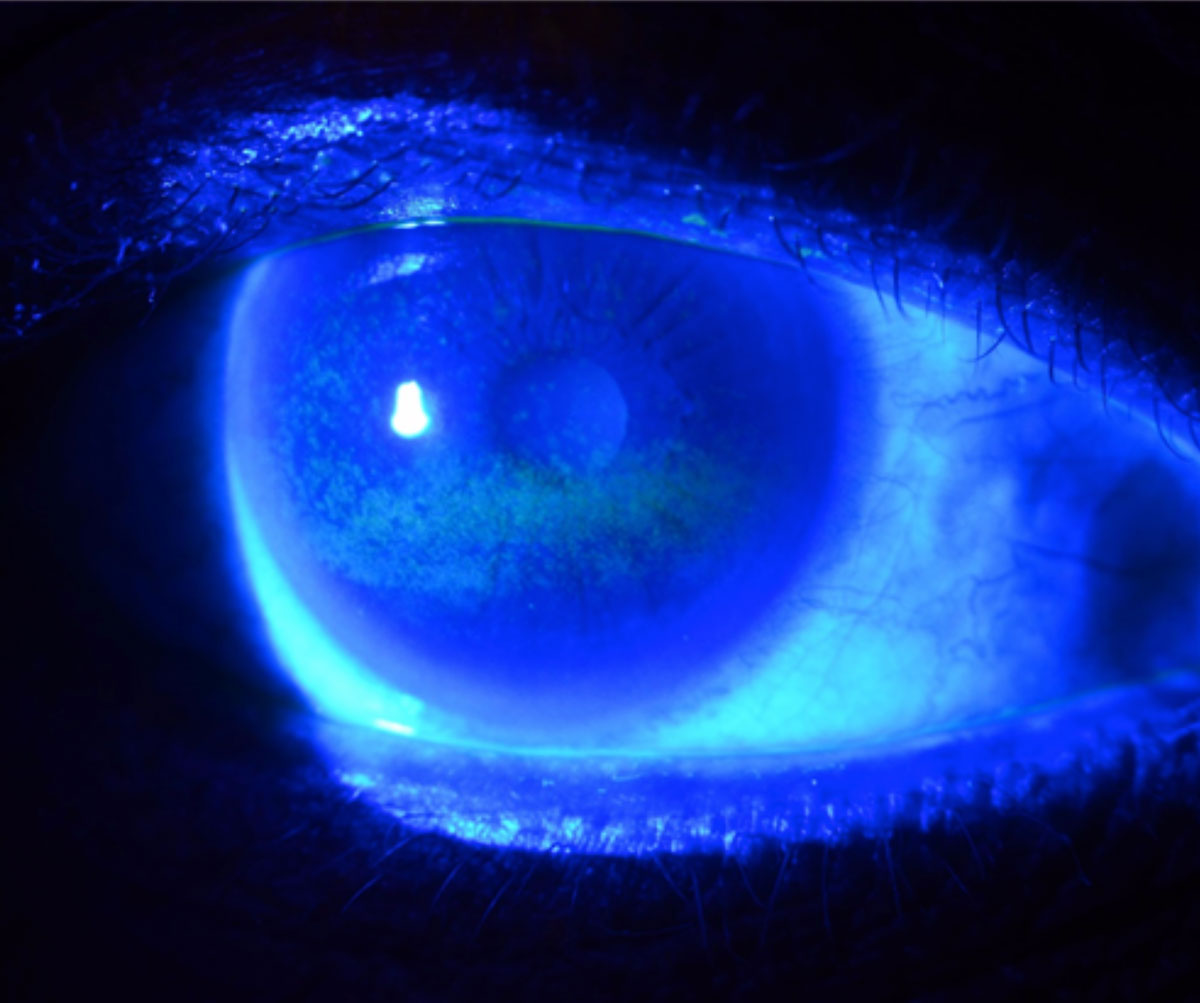 |
| It’s important to be aware of the potential effect of certain systemic drugs on the ocular surface. This study found several that increased the severity of dry eye disease. Photo: W.R. Buie, OD. Click image to enlarge. |
Most eye doctors know the 2018 DREAM study chiefly for its controversial findings that questioned the efficacy of omega fatty acid supplements to treat dry eye; however, that same work collected a wealth of data that has since yielded other insights into the disease. In one new investigation using the DREAM data, researchers looked for associations between dry eye severity and certain systemic medications, including antidepressants, anxiolytic medications and oral corticosteroids. The group concluded that certain systemic drugs were indeed associated with more severe disease. Their findings were presented at ARVO 2023 and recently published in The Ocular Surface.
Included was data from 535 DREAM study patients with moderate-to-severe dry eye disease (DED), which was assessed and categorized through various tests including tear break-up time (TBUT), Schirmer testing, corneal fluorescein staining, conjunctival lissamine green staining, MGD and tear osmolarity. The Ocular Surface Disease Index (OSDI) was also used to measure DED symptoms.
The researchers compared scores of DED symptoms and signs between systemic medication users and non-users. The results showed that, compared to non-users:
• Antihistamine users had lower TBUT and higher OSDI score.
• Aspirin users had lower TBUT.
• Corticosteroid users had lower TBUT, lower Schirmer test scores, higher corneal fluorescein staining, higher composite severity score and higher OSDI score.
• Seizure medication users had higher composite severity score
• Vitamin D3 users had lower TBUT and greater MGD.
• Diuretic users had less MGD.
Although corticosteroid use was associated with worse DED severity across multiple signs and symptoms, the authors point out that the route of administration matters. “Corticosteroids have varying ophthalmic effects including steroid-induced glaucoma and cataracts; however, ophthalmic corticosteroids (e.g., loteprednol etabonate) have demonstrated efficacy in treating DED and provide maximal drug delivery while minimizing some adverse effects commonly associated with the use of systemic corticosteroids,” the researchers explained in their paper. They urge clinicians to consider which drug form (ophthalmic vs. systemic corticosteroids) may best work for each dry eye patient “given the differential effects on drug penetration into ocular tissue and metabolism.”
One finding from this study that contrasts with previous evidence is that vitamin D users had lower TBUT and greater MGD. While some literature reports no association between vitamin D and DED presence or severity, others have found that vitamin D deficiency leads to higher rates of DED, lower TBUT and higher OSDI values. The authors clarified in their paper that “Vitamin D supplementation in those with vitamin D deficiency may be beneficial for DED; it is possible that our results were due to use of vitamin D in participants with a vitamin D deficiency, resulting in lower TBUT.”
Antihistamines, on the other hand, have been reported in several studies to be associated with the development and worsening of DED signs and symptoms, as the present study also found. “Antihistamines confer a high anticholinergic burden and a study found that a one-point increase in anticholinergic burden resulted in a nearly threefold increase in the risk of DED,” the authors explained.
While the interactions between systemic medication use and the ocular surface are complex, the study authors note that possible contributing factors to the development and progression of DED in users include inflammatory properties, decreased tear production, alteration of nerve input and hormone modulation. Further investigation is needed, especially on the association between DED and aspirin and seizure medication, as these drugs are currently understudied.
Guo M, Diaz GM, Yu Y, et al. Association between systemic medication use and severity of dry eye signs and symptoms in the DRy eye assessment and management (DREAM) study. Ocular Surface. February 9, 2024. [Epub ahead of print]. |

